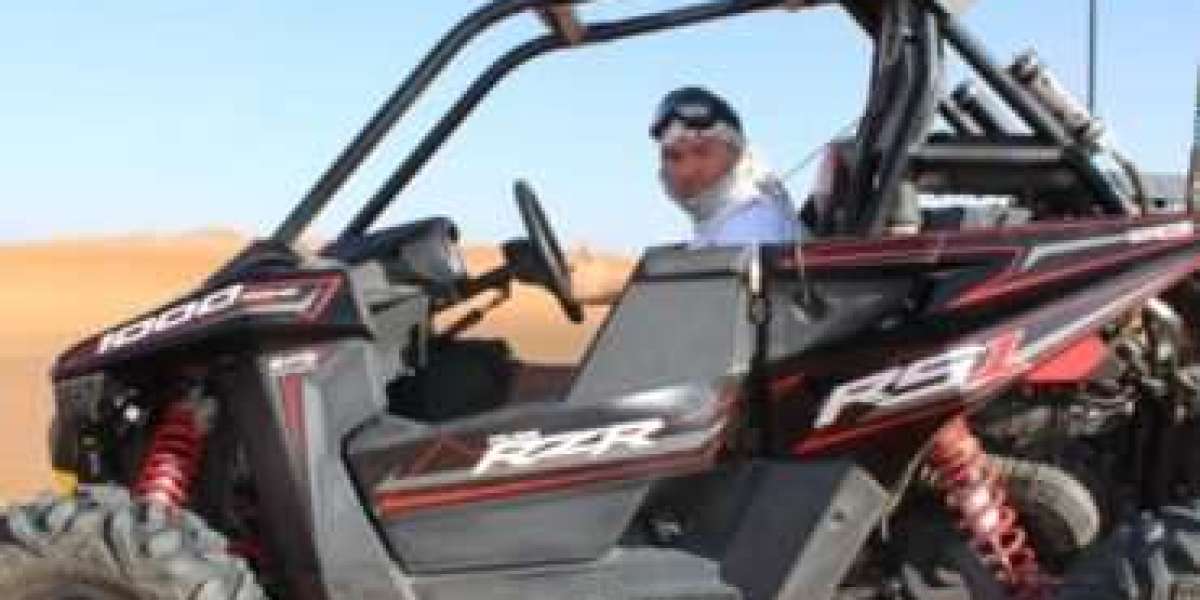When people think of desert tourism, images of golden dunes, breathtaking sunsets, and adventurous camel rides often come to mind. But behind the magic of desert exploration, there’s one element that makes it all possible: the 4x4 vehicle. From rugged Land Cruisers to modern SUVs designed for extreme terrains, these vehicles play a central role in shaping the desert tourism experience.
In this article, we’ll explore why 4x4 vehicles are the backbone of desert travel, how they enhance safety and comfort, and what they mean for both travelers and local tourism industries.
Why 4x4 Vehicles Are Essential in the Desert
The desert is one of the harshest environments on Earth. With shifting sands, steep dunes, and unpredictable terrain, not every vehicle can survive, let alone provide a comfortable ride. This is where 4x4 vehicles shine. Their ability to send power to all four wheels allows them to grip loose sand, climb challenging slopes, and descend safely without losing control.
In many desert destinations, particularly in the Middle East, 4x4 vehicles are not a luxury—they’re a necessity. Tourists rely on them to access remote landscapes that would otherwise be impossible to reach. Without these vehicles, desert tourism as we know it today simply wouldn’t exist.
A Gateway to Adventure
For many travelers, stepping into a 4x4 marks the beginning of an unforgettable adventure. Desert tours often include thrilling dune-bashing rides, where skilled drivers maneuver vehicles up and down towering sand hills. The adrenaline rush of bouncing over dunes is unlike any other driving experience.
But beyond the thrill, these vehicles open doors to activities that define desert tourism. Sandboarding, quad biking, camel rides, and star-gazing camps all require access to deep desert areas that only a 4x4 can reach. In this way, the vehicle itself becomes more than just transportation—it becomes the gateway to adventure.
Comfort and Safety in Harsh Conditions
While adventure is appealing, safety and comfort matter just as much. Extreme heat, long stretches of sand, and the risk of getting stuck in dunes present constant challenges. A well-equipped 4x4 vehicle is built to handle these obstacles while keeping passengers comfortable.
Modern desert tourism vehicles are usually fitted with air conditioning, spacious seating, and safety features like reinforced suspension systems. Drivers are trained not only to navigate challenging terrain but also to ensure passengers feel secure throughout the journey. This combination of engineering and human expertise creates a balance between excitement and peace of mind.
The Cultural Connection
Desert tourism is not only about landscapes; it’s also about connecting with culture. Many tours include visits to Bedouin-style camps, where travelers can enjoy traditional meals, music, and storytelling. These camps are often located deep in the desert, far from main roads. Without 4x4 vehicles, reaching such cultural hubs would be nearly impossible.
In this sense, the role of 4x4 vehicles goes beyond adventure. They act as cultural bridges, transporting visitors into the heart of traditions that have existed for centuries. For many tourists, the highlight of the trip is not just the drive itself but the experience of reaching a camp where history and hospitality come alive.
Environmental Considerations
While 4x4 vehicles make desert tourism possible, they also raise important environmental questions. Driving across delicate sand dunes can disrupt ecosystems and leave lasting marks on the landscape. Responsible tour operators address this issue by using designated tracks, limiting the number of vehicles in certain areas, and educating tourists on how to minimize their impact.
Some companies are also exploring more sustainable solutions, such as hybrid or electric off-road vehicles. Although these technologies are still developing, they represent the future of eco-friendly desert tourism. Striking a balance between accessibility and conservation is essential to preserving the desert’s beauty for generations to come.
Economic Impact on Local Communities
The popularity of desert tourism has created significant economic opportunities in many regions. Local drivers, mechanics, tour operators, and camp hosts all rely on the flow of tourists who come to experience the desert.
4x4 vehicles are central to this economy. Without them, the tours wouldn’t exist, and neither would the income that supports countless families. From major tour companies to small family-run operations, the vehicle is both a livelihood and a symbol of resilience.
Training and Skill: The Unsung Heroes
Operating a 4x4 in the desert requires more than just a driver’s license. Skilled desert drivers undergo extensive training to handle the unpredictable nature of sand driving. They learn how to deflate tires for better grip, how to maneuver safely over steep dunes, and how to recover vehicles if they get stuck.
For tourists, this expertise often goes unnoticed, but it’s a critical part of the experience. The confidence of knowing that a trained professional is behind the wheel allows passengers to fully enjoy the ride without worry. These drivers are, in many ways, the unsung heroes of desert tourism.
The Role in Morning and Evening Tours
Different times of day offer different experiences in the desert. Early mornings are cooler and ideal for adventure activities, while evenings bring the beauty of sunset and cultural events. 4x4 vehicles are crucial in both scenarios.
For example, during a Morning Desert Safari, these vehicles ensure that tourists can reach the dunes before sunrise, when the light creates magical photography opportunities. Later in the day, they make it possible for guests to return comfortably, avoiding the harsh midday heat.
Technology and Innovation
The desert tourism industry has embraced technology to enhance the performance of 4x4 vehicles. Many modern SUVs come with features like traction control, advanced suspension, and GPS systems to improve navigation. Tour operators often equip vehicles with communication tools for emergencies, ensuring an added layer of safety.
Some companies also offer live entertainment inside vehicles, from Wi-Fi to digital guides that explain the history and geology of the desert. These innovations show how 4x4s are evolving from simple transport into fully immersive adventure platforms.
The Emotional Connection
For many travelers, the memory of their desert trip is tied closely to the 4x4 vehicle. The sound of the engine roaring up a dune, the moment of anticipation before sliding down, and the laughter shared inside the vehicle create stories that last a lifetime.
In this way, the vehicle itself becomes part of the emotional narrative. It’s not just about where the car takes you, but how it makes you feel along the journey. This emotional connection is one reason why desert tourism remains so popular around the world.
Looking Ahead
As tourism evolves, the role of 4x4 vehicles will continue to grow and adapt. Electric off-roaders, stricter sustainability standards, and smarter navigation tools will shape the next chapter of desert travel. What will remain unchanged, however, is the essential need for these vehicles in making desert landscapes accessible to travelers from all walks of life.
Conclusion
Desert tourism wouldn’t exist in its current form without the 4x4 vehicle. From safety and comfort to cultural connections and economic opportunities, these vehicles are at the heart of every adventure. They enable travelers to witness the raw beauty of the desert, experience local traditions, and create unforgettable memories.
Whether it’s a sunrise trip filled with golden light or an evening tour ending under the stars, the journey begins and ends with the reliability of a 4x4. In every sense, these vehicles are not just a means of transport—they are the engines of desert tourism itself.








